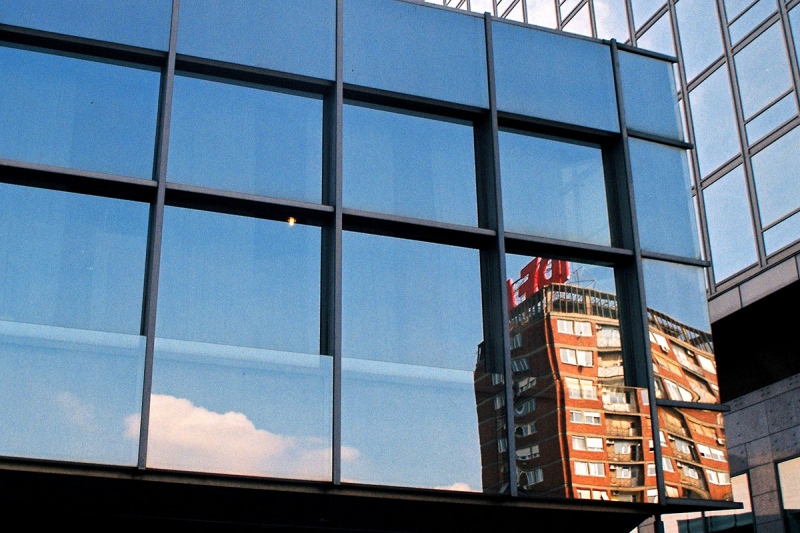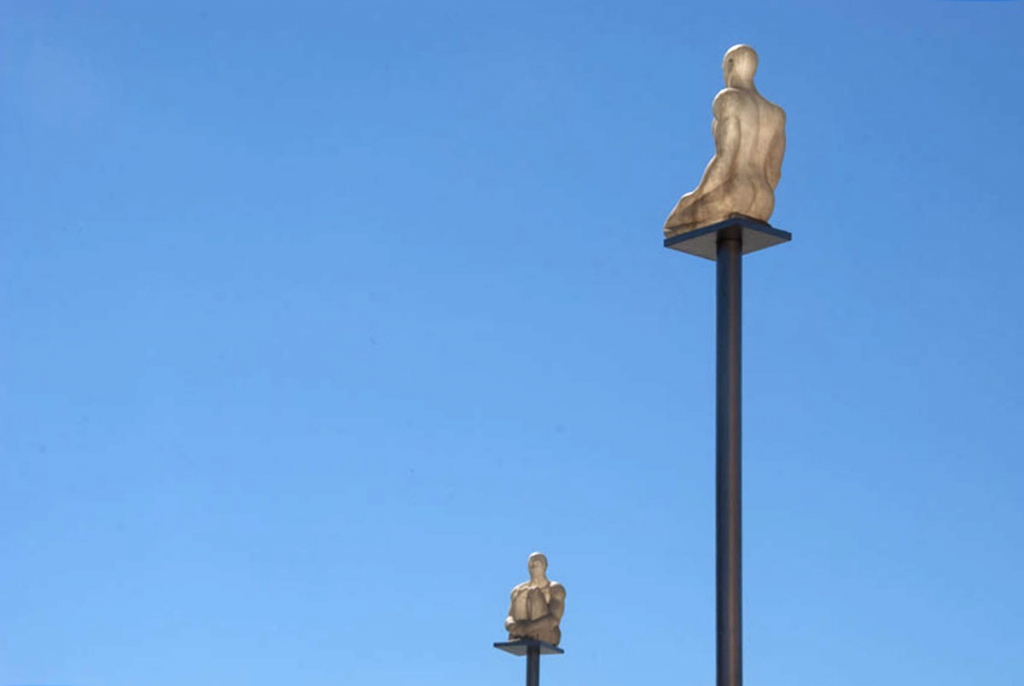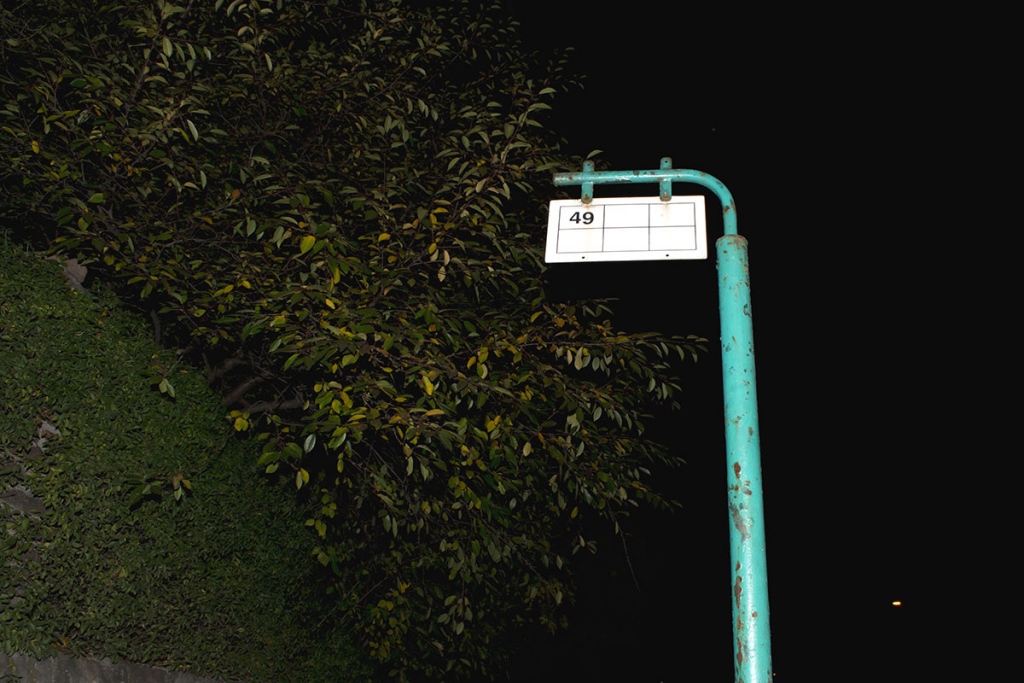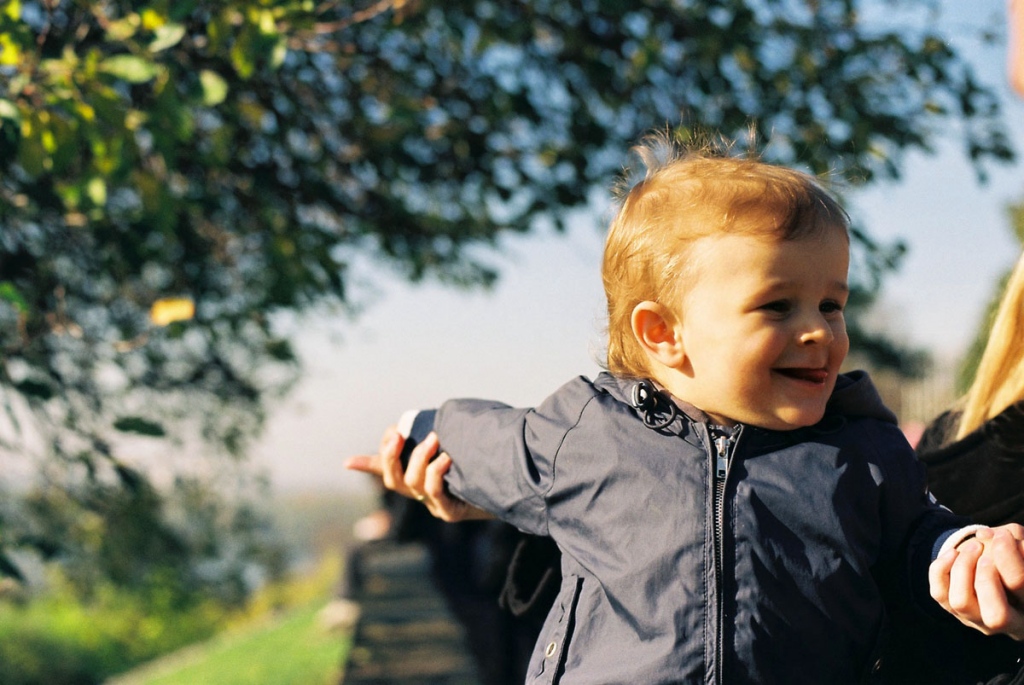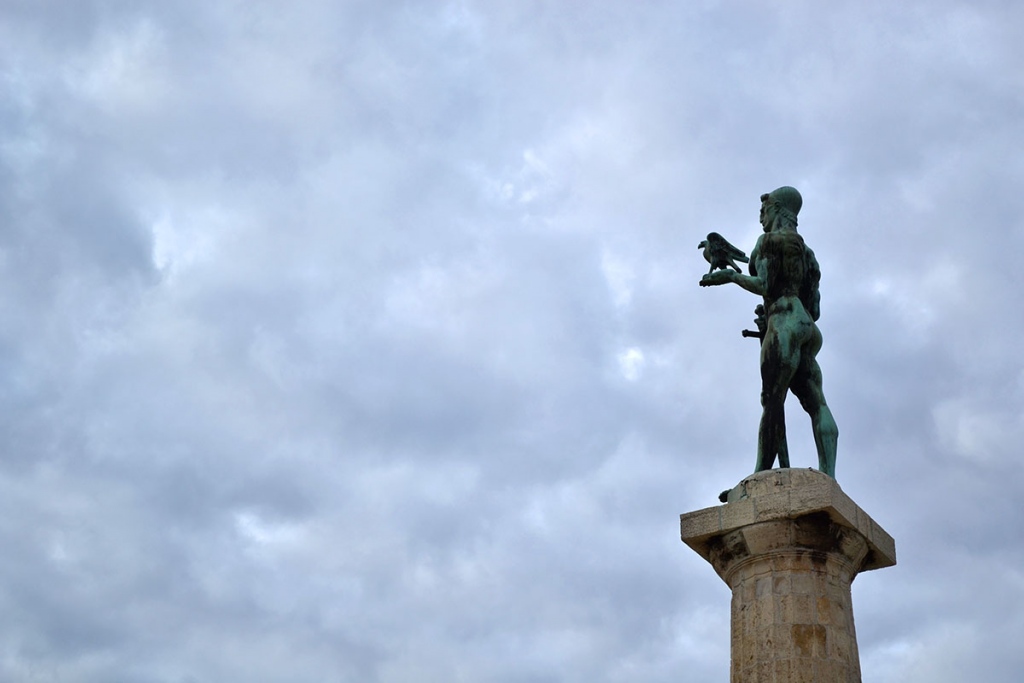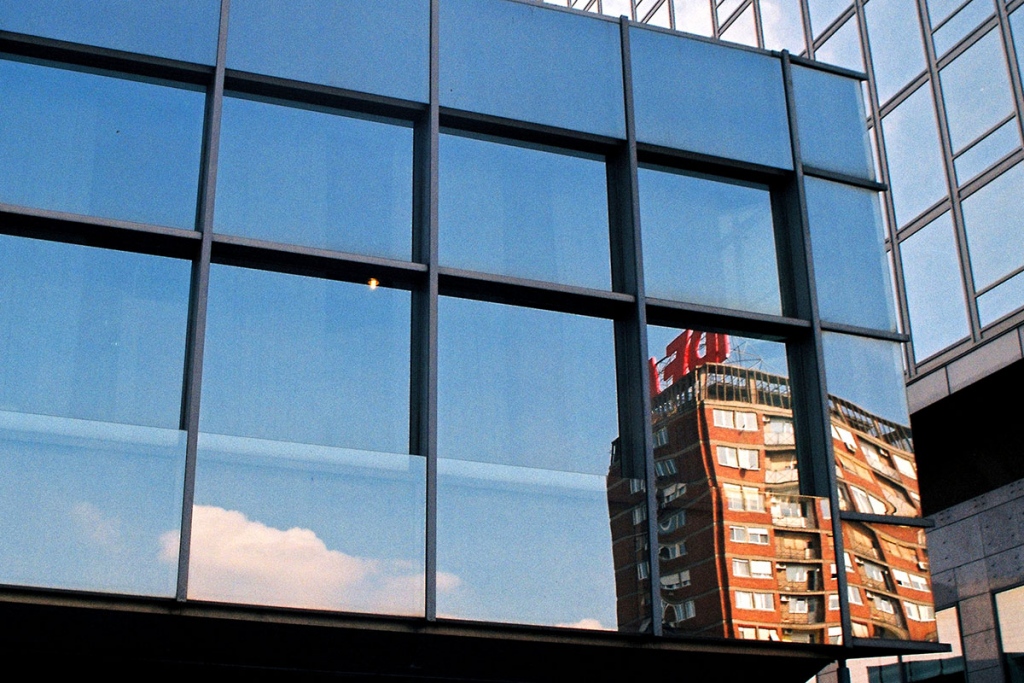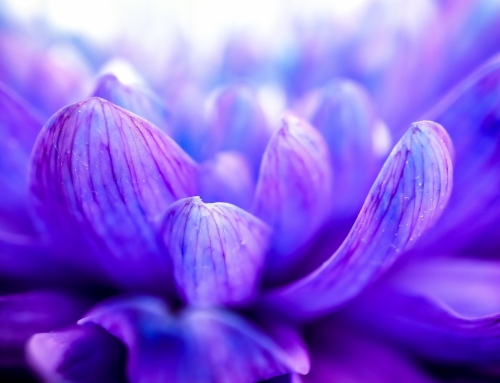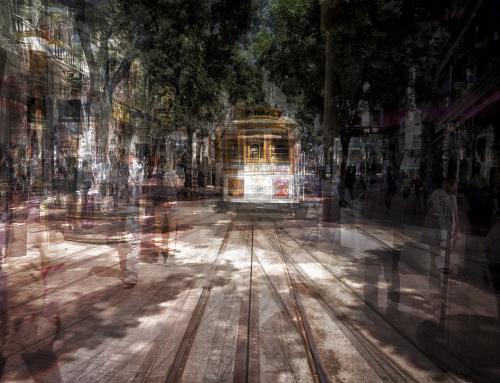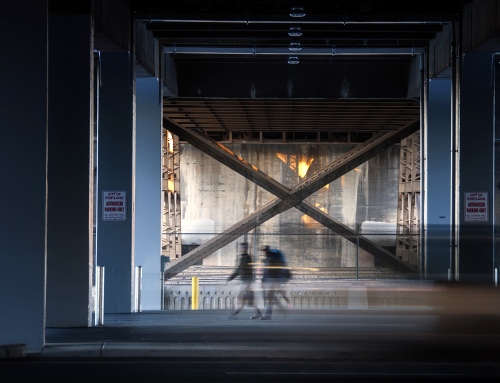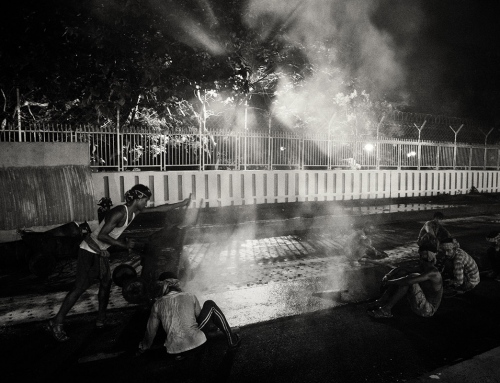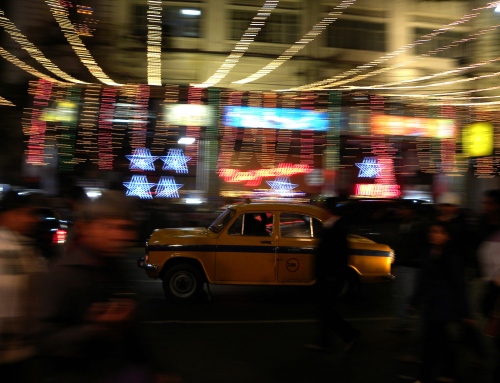Talking about composition in art and photography may seem intimidating, especially if you are new to the photographic practice. It maybe sounds technical, but in this article we are going to explore what is space in art, more specifically what is positive and negative space in photography. Don’t freak out because of the terminology, space composition is actually one of the simpler tricks you can employ in your photography, and mastering it can make a real improvement in the look of your photographs.
Positive space
Positive space is simply the part of your photograph that is the subjects or the area of interest. That is the part you want highlighted, so the viewers eye is drawn to it quickly.
Negative space
The negative space in a photograph is all the space that surrounds your subject. Normally we tend not to think about the negative space so much, because we are so focused on the subject that it is not really a priority. It’s completely normal and it happens to all of us, it’s hard to pay your full attention to so many things at once. The trick is to use the negative space to your advantage. Having a substantial amount of negative space in a photograph will make the subject stand out in a particular way. The viewer will not have any distractions that pull away the attention from what the focus of the image is. Plus, the eyes will have the opportunity to rest a bit, which makes the whole of the photograph kind of serene and almost meditative.
Ratio
Think about it in terms of ratio. Normally, the subject takes up the majority of the space in an image. Now try looking at the positive and negative space as surfaces. It’s better to be generous with the amount of empty space you leave around a subject, because you can always crop it later. The amount of negative space should somehow remain balanced with the positive space. You don’t have to include a bunch of things in one photo. Sometimes it is better to keep the composition clean and simple, but remember that it has to feel right to you.
Shapes and sizes
As soon as you start thinking in terms of positive and negative space, shapes and sizes of things will start to grab your attention more. You will start paying more attention to details. The negative space in a photograph can be totally blank, especially if it is in a very vibrant color, like the blue sky. Maybe there is an interesting texture to the background, which will make your photograph more visually intriguing. Either way, be careful that the negative space doesn’t overpower the positive space.
As you can see by now, terms like positive and negative space are nothing to be nervous about. They are simple tools for photographic composition that can make a big impact not just on your photography, but on the way you observe the world around you.
